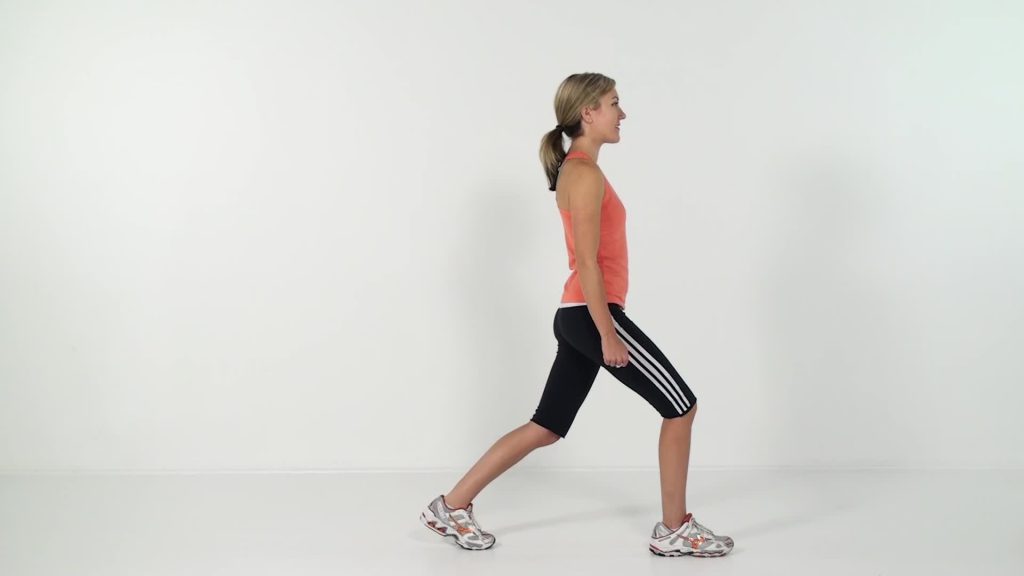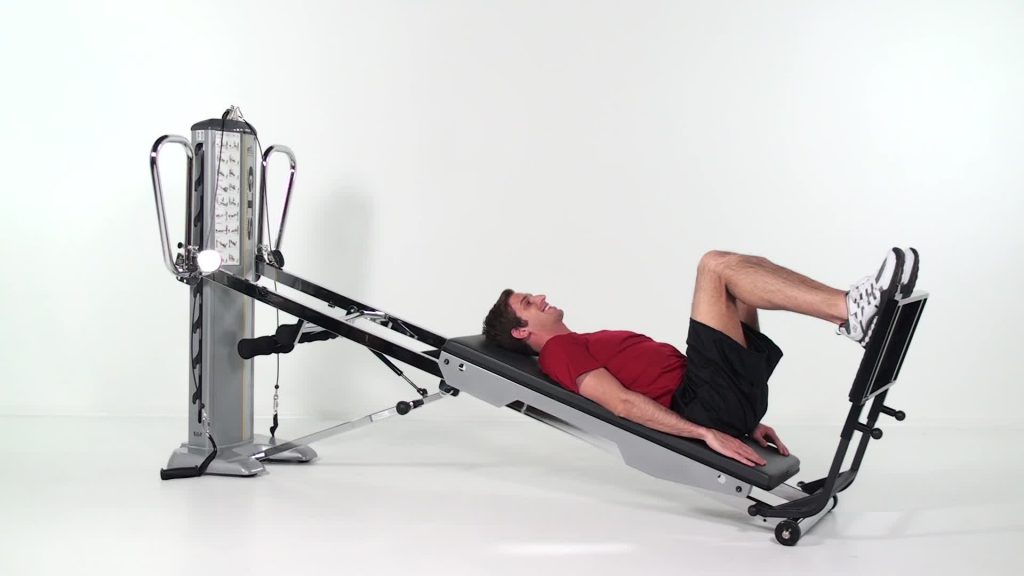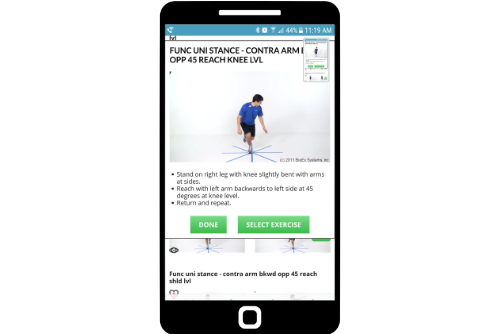Tips to Improve Physical Therapy Student's Student Exercise Prescription
Physical therapy academia is always seeking ways to improve DPT (Doctor of Physical Therapy) student exercise prescription skills. The DPT student exercise prescription education usually begins with a variety of exercises for a particular diagnoses or conditions presented to them. Evidence based studies may be provided to help the student decide which exercises may be appropriate for a certain condition. And there is nothing wrong with this approach.
However, DPT students often struggle with several aspects of creating an exercise program. These include dosage (sets, reps etc.), level of exercise to target a specific stage of healing, program progression, technique, instruction and progression timelines.
Following are suggestions and tips and introduction of a tool, Exercise Pro Live. PT program instructors may use it to assist the physical therapy student in becoming knowledgeable in all aspects of therapeutic exercise prescription.
Therapuetic Exercise and The Paper Patient
One method for improving DPT student exercise prescription is to provide the student with a “paper patient”. For example, provide a scenario where a 20 year old male is in clinic that is 6 weeks s/p ACL reconstruction surgery. Provide subjective data like pain and functional issues. Give objective findings such as ROM, strength and functional level.
The most basic step is to utilize the exercise software to formulate a basic exercise program and provide it to the instructor. The DPT student outlines the rationale as to why those exercises are appropriate for the patient.(closed chain, open chain, positions, etc). This should relate to time frame and objective findings
Additionally, the student would define how the program, and each exercise, applies to achieving the goals presented. And even how the program is preparing the patient to achieve future goals.

Therapeutic Exercise Dosage
A second component is for the student to determine the dosage. For example, with each exercise, indicate how many times per week, the number of sets and reps, the number of times per day and the amount of resistance. Keep in mind, some exercises may be non resistive (active) or even assisted.
The DPT student also would provide validation for each of the parameters. These parameters need to relate to the types of tissues that are being targeted (deep connective, muscle, tendon etc.) and why that particular dosage targets that tissue.

Exercise Program Progression
After mastering the first and second components the next step is to give the student an updated paper patient. For example the same patient but at a 12 week timeline with new objective findings. At this point the student must progress the exercise program. They need to address any continued deficit areas and then provide the same rationale for each exercise as before.
Additionally, since Exercise Pro Live contains over 3700 exercises and patient education in specialized areas, this tactic can be applied to a different conditions and diagnoses. And each time, the paper patient can progress from early stages of rehab all the way up to discharge.

Didactic Conversations on Technique and Patient Instruction
Furthermore, another way to increase DPT student exercise prescription skills is to break the class into groups. Each group works on different patient scenarios. Once finished, they present their results to the rest of the groups to help everyone learn different options and clinical decision making as it relates to therapeutic exercise prescription.
For instance, they can discuss techniques of how to properly and efficiently teach the exercises to the patient. Discussion on what substitution patterns may be expected, or what to do when those pattern are present with specific exercises.

Approaches to Home Exercise Programs
Equally important is the home program. They are crucial to almost every therapeutic intervention. Students assignments to provide ancillary home programs to accompany the clinical programs.
Likewise, exercise software is helpful to teach students concepts of home program compliance. How many exercises to provide? How long should the program be? What type of equipment? Are printed handouts better than video with a phone app? And it will prepare them for eventual clinical work where most facilities use exercise software.

An Affordable and Comprehensive Teaching Tool
In conclusion, Exercise Pro Live contains over 3700 video exercises in all different areas, (Aquatic, Neuro, OT, PT, Amputee, and more). To clarify, thousands of exercises and variations are introduced to students they may never have thought of. It is a fantastic academic tool as well as being useful on clinical internships.
Only the imagination limits the range of its use in the classroom. And it’s affordable to students and PT or PTA programs.
Exercise Pro Live blends exercise prescription and mobile technology to improve physical therapy intervention. Use it for FREE for 2 weeks.
